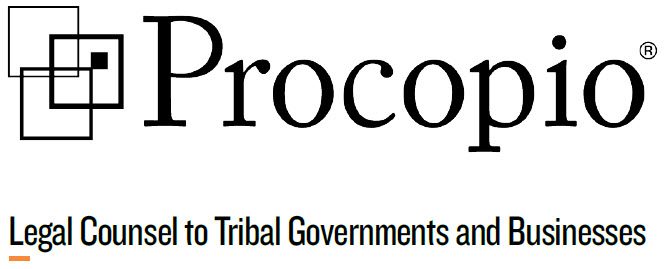By: Rachel Giubilato | Law Clerk
Theodore J. Griswold | Partner | ted.griswold@procopio.com
On January 2, 2015 the Department of the Interior (DOI) issued a Proposed Rule to amend the Housing Improvement Program (HIP). HIP provides federal funding for Native families who meet federal income guidelines to repair, replace, or renovate housing. The DOI expects the proposed changes to more efficiently prioritize HIP applicants and provide more adequate funding for Native applicants seeking HIP funding.
The Proposed Rule makes six significant changes:
- Categories of Assistance and Funding Limits: The Proposed Rule increases the limit for Category A funding (repair of existing homes) from $2,500 to $7,500 and increases the limit for Category B funding (renovation of existing homes) from $35,000 to $60,000.
- Ranking Factors. Ranking Factors determine priority for HIP applicants based on annual household income, age, disability, and family size. The Proposed Rule adds new ranking factors for homelessness, overcrowding, and dilapidated housing. Additionally, the Proposed Rule changes the eligibility criteria under annual household income from 125% to 150% of the Federal Poverty Income Guidelines.
- Payback Agreements. The Proposed Rule lengthens the Category B (renovation of existing homes) payback period from 5 years to 10 years. All other payback periods are kept status quo.
- Four-Year Application Period. The Proposed Rule changes the application period from 1 year to 4 years to prevent Native families from having to apply annually for HIP funds.
- [Relaxed] Land Ownership Requirements. The Proposed Rule allows proof of a homesite lease or proof the HIP applicant can obtain the land (even by lease) in lieu of the current requirement to provide proof of land ownership prior to the grant award.
- Square Footage Limits. The Proposed Rule increases square footage limits between 50-100 square feet to provide ADA compliant housing.
The change in HIP regulations could empower more Native families to ensure their are more opportunities for their house needs to be met. The increase in funding coupled with the release of the land ownership requirements will add a needed degree of flexibility allowing more Native families to qualify for the program. Comments on the proposed rule are open until March 6, 2015. The proposed rule and directions for comments are found here.
Ted is head of the Native American Law practice group and primary editor for the Blogging Circle. Connect with Ted at ted.griswold@procopio.com and 619.515.3277.
